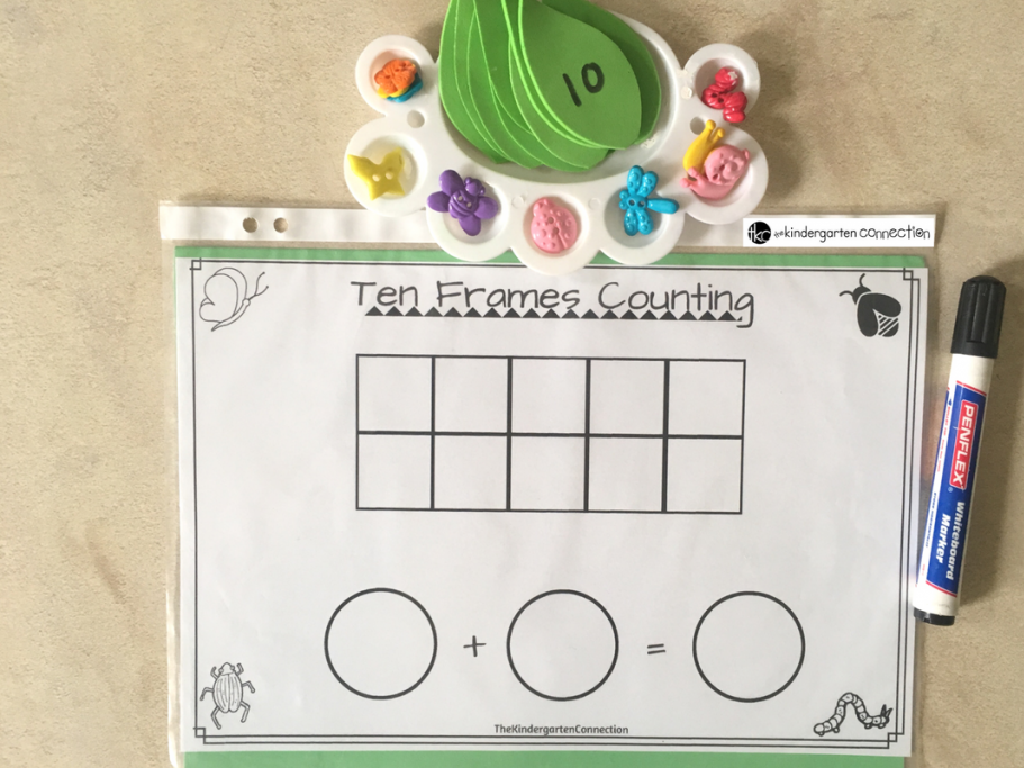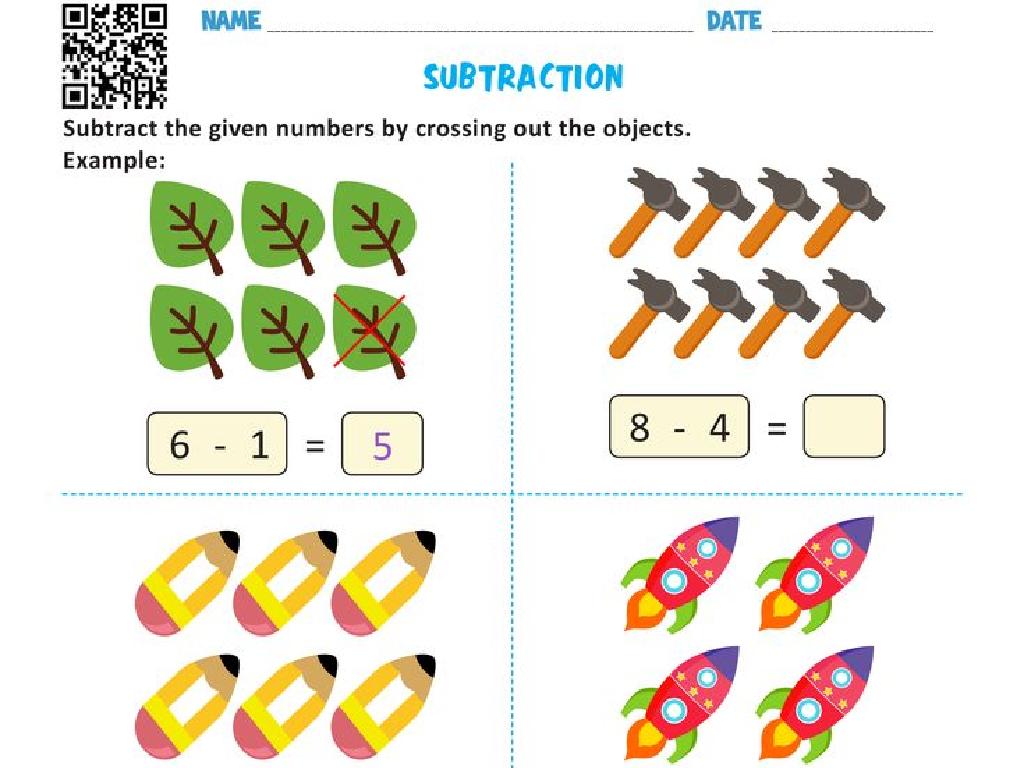Write A Linear Equation From A Graph
Subject: Math
Grade: Seventh grade
Topic: Two-Variable Equations
Please LOG IN to download the presentation. Access is available to registered users only.
View More Content
Introduction to Linear Equations
– Understand two-variable equations
– Equations with two variables, typically x and y
– Define a linear equation
– An equation that forms a straight line on a graph
– Real-life linear equation examples
– Distance vs. time in travel, budgeting with income and expenses
– Graphing linear equations
– How to plot points and draw a line representing the equation
|
This slide introduces the concept of linear equations within the framework of two-variable equations. Start by explaining that two-variable equations involve pairs of numbers (x, y) that are solutions to the equation. Then, define a linear equation as one that graphs to a straight line and discuss its standard form, y = mx + b, where m is the slope and b is the y-intercept. Provide relatable examples such as calculating distance over time or managing a budget to illustrate the concept. Conclude by showing how to plot linear equations on a graph by finding points that satisfy the equation and connecting them to form a line. Encourage students to think of other examples where linear equations apply to real life.
Graph Components and Linear Equations
– Understand the X and Y axes
– The horizontal line is X-axis, vertical is Y-axis
– Define the concept of Slope
– Slope measures steepness of the line: rise over run
– Identify the Y-intercept
– Y-intercept is where the line crosses the Y-axis
– Write equations from graphs
– Use slope and y-intercept to form y = mx + b
|
This slide introduces students to the fundamental parts of a graph necessary for writing linear equations. Start by explaining the X-axis (horizontal) and Y-axis (vertical), which form the graph’s framework. Then, discuss the slope, which is the ratio of the vertical change (rise) to the horizontal change (run) between two points on a line. Next, define the Y-intercept as the point where the line crosses the Y-axis. Finally, show how to combine the slope and Y-intercept to write the equation of a line in slope-intercept form (y = mx + b). Provide examples of graphs and work through the process of finding the slope and Y-intercept to write the linear equation. Encourage students to practice with different graphs.
Slope-Intercept Form of a Line
– Equation of a line: y = mx + b
– ‘m’ represents the slope
– Slope (m) measures the steepness or incline
– ‘b’ represents the y-intercept
– Y-intercept (b) is where the line crosses the y-axis
– Graphing using slope and intercept
– Start at ‘b’ on the y-axis, use ‘m’ to rise/run
|
The slope-intercept form is a fundamental concept in algebra for understanding linear equations. It provides a straightforward method to write the equation of a line when given a graph. The ‘m’ in the equation stands for the slope, which indicates the direction and steepness of the line. The ‘b’ represents the y-intercept, the point where the line crosses the y-axis. When graphing, students should first plot the y-intercept on the graph and then use the slope to determine the direction and angle of the line. Encourage students to practice by picking points from a graph, determining the slope and y-intercept, and then writing the equation. This exercise will solidify their understanding of how a linear equation corresponds to its graphical representation.
Calculating Slope from a Graph
– Understanding ‘Rise over Run’
– Slope measures steepness of a line: vertical change divided by horizontal change
– Using two points to determine slope
– Choose any two points on the line, then calculate (y2-y1)/(x2-x1)
– Practice finding the slope on a graph
– Use a graphed line to apply ‘Rise over Run’ and find the slope
– Application of slope in linear equations
|
This slide introduces the concept of slope, which is a key component in writing linear equations from graphs. Start by explaining ‘Rise over Run’ as the ratio of the vertical change to the horizontal change between two points on a line. Demonstrate how to pick two points on a graph, label their coordinates, and plug them into the slope formula (y2-y1)/(x2-x1). Provide a graph with a clear line and have students practice finding the slope. Emphasize that understanding slope is essential for interpreting and writing equations for lines, which will be a skill they use throughout their math education. Encourage students to work in pairs or groups to find the slope of various lines on practice graphs.
Determining the Y-intercept from a Graph
– Locate line’s crossing on Y-axis
– The point where the line hits the Y-axis
– Y-intercept: y-value when x is 0
– It’s the starting point of the line on the graph
– Practice finding y-intercept
– Look at various graphs to pinpoint the y-intercept
|
This slide focuses on understanding the concept of the y-intercept in the context of linear equations. The y-intercept is a key component of the linear equation and represents the point where the line crosses the Y-axis. It is crucial for students to recognize that this is the value of y when x equals 0. During practice, students should be provided with multiple graphs to identify the y-intercept, which will help solidify their understanding. Encourage students to explain how they determined the y-intercept for each graph. This exercise will prepare them for writing linear equations based on a graph.
Writing a Linear Equation from a Graph
– Use slope and y-intercept for the equation
– Slope (rise over run) and y-intercept (where line crosses y-axis)
– Example: Equation from a graph
– Given a graph, identify slope and y-intercept to write y = mx + b
– Practice writing equations independently
– Try finding the equation of a line from a new graph
|
This slide is aimed at teaching students how to write the equation of a line from a graph by identifying the slope and y-intercept. Start by explaining the slope as the ‘rise over run’ and the y-intercept as the point where the line crosses the y-axis. Use a graph to demonstrate how to find these components and then write the equation in the form y = mx + b, where m is the slope and b is the y-intercept. After the example, give students a chance to practice with a different graph, guiding them to apply the same steps. Encourage them to check their work by seeing if the graphed line and the equation match. Provide several practice problems with varying slopes and y-intercepts to solidify their understanding.
Real-World Applications of Linear Equations
– Linear equations in daily life
– Equations describe relationships, like speed and travel time.
– Example: Outcome predictions
– Predict future sales based on past data using y = mx + b.
– Identify real-world scenarios
– Can you use a linear equation to budget your allowance?
– Discuss practical uses
|
This slide aims to show students how linear equations are not just theoretical concepts but are actually used to model and solve real-world problems. Start by explaining how linear relationships are everywhere, such as the relationship between time and speed when traveling. Provide an example, such as using a linear equation to predict future sales or expenses based on past trends. Encourage students to think of their own examples, like managing their weekly allowance or predicting their grades based on study time. This discussion will help them see the value of math in everyday life and other subjects.
Graph to Equation Challenge
– Analyze graphs in pairs
– Calculate the slope
Use rise over run to find the slope
– Determine the y-intercept
Find where the line crosses the y-axis
– Write and present the equation
Use y = mx + b format for the equation
|
This class activity is designed to reinforce students’ understanding of how to write linear equations from graphs. Students will work in pairs to encourage collaboration. They should start by analyzing the provided graphs, focusing on understanding the concept of the slope as the ‘rise over run’ and the y-intercept as the point where the line crosses the y-axis. After calculating these components, students will use them to write the linear equation in slope-intercept form (y = mx + b). Each pair will then present their linear equation to the class, explaining how they found the slope and y-intercept. Possible variations of the activity could include graphs with positive, negative, zero, or undefined slopes to ensure students encounter a range of scenarios.

-a-solution-to-the-linear-equation/linear_equation_graph_solutions.png)




